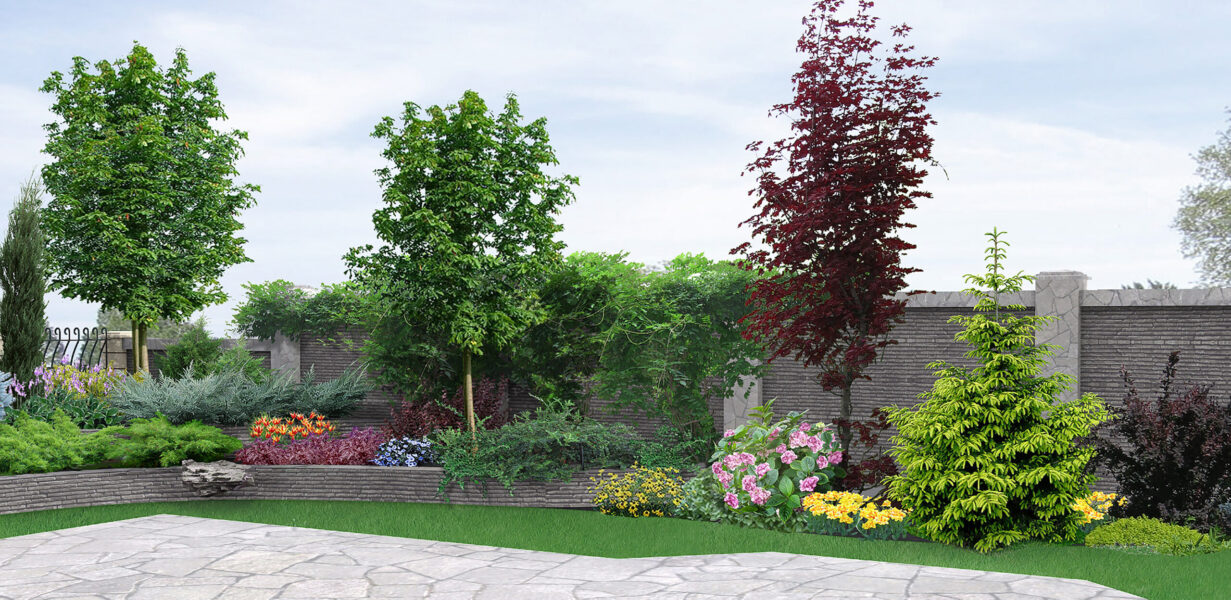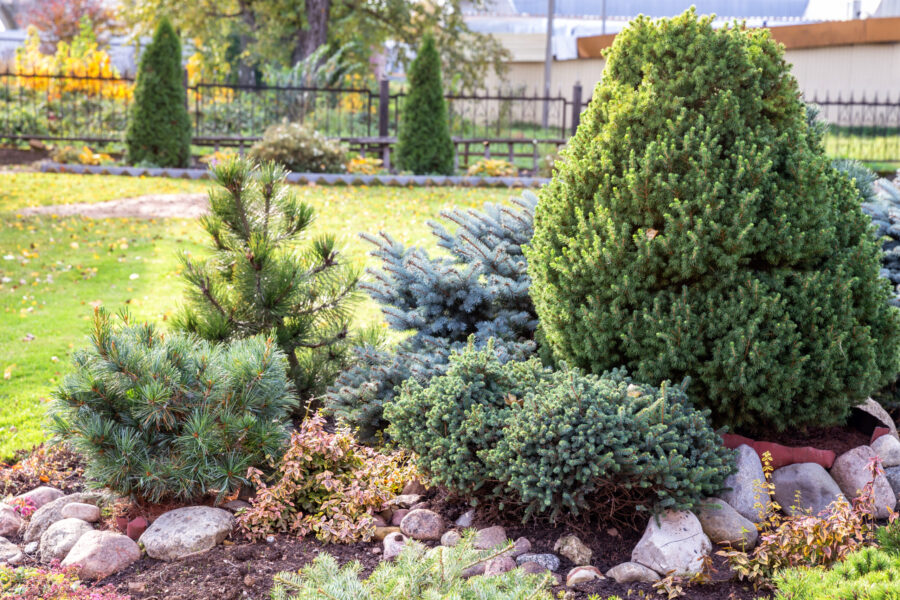Dividing plants is a great way to populate new flowerbeds, rejuvenate existing ones, and keep your plants healthy. If you go too long without dividing certain plants, they might start overcrowding your garden and stealing nutrients from other plants.
However, plant division is a skill that not everyone has down pat. Even if you have a green thumb, it never hurts to brush up on the why, when, and how of dividing perennials.
The Benefits of Dividing Plants
As mentioned above, dividing plants can be good for them, and sometimes necessary. If left unchecked, certain plants will begin to overgrow, and others might stop blooming. Dividing them can encourage them to flower and give other plants room to breathe.
Dividing plants you already own is also a great way to fill up new flowerbeds. You don’t have to go buy more bulbs, flowers, or seeds when you already have a plant on-hand, and the split pieces of a healthy plant will make themselves at home right away. Before long, you’ll have twice as many flowers.
When to Divide Perennials
It’s important to split and transplant your perennials before winter, since they plants will need time to set down new roots. If you move them too early, they might not survive very long. Early spring and summer are good times to divide plants, since they’ll have ample time to adjust to their new environment.
If you’re running a bit late, early fall isn’t a bad option either. It still gives your plants time to adjust before winter, and the heat-stress of summer is beginning to subside. Most plants need to be split every three to four years, but some types might have different cycles.
How to Divide Plants
The objective of division is to split the plant with the least amount of shock and damage. While some types of plants are extremely hardy, others might suffer from excess force.
Your plants should be well-watered and healthy when you split them. Make sure to water them well in the days leading up to the division. Dig up the plants’ roots and shake off any excess dirt so you can see what you’re doing.
From there, you can begin splitting the plant apart into clumps, or sections. Some plants can be gently pulled apart with your hands, while others might require some cutting with a spade. Once the cutting is finished, you can re-plant them in their new homes. If you’re not ready to put them in the ground, they can be kept in flowerpots.
It’s important to keep up with watering following a transplant. Don’t over-water, but make sure to check the soil, and consider mulching the ground to retain moisture.
To Divide or Not to Divide
Plants are finicky things. Any experienced gardener knows that while something might work for one plant, it might kill another. Perennials that produce colonies are good for splitting, but not all of them reproduce like this. Before you begin breaking up your garden, you should check and see which plants can be split.
Here are some perennials that can be divided safely, and some that can’t. This list isn’t exhaustive, so if you don’t see your plant here, do a quick search!
Safe to Split:
- Aster
- Tickseed, or Coreopsis
- Tall Bearded Iris
- Daylily, or Hemerocallis
- Black Eyed Susan
- Catnip, or Nepeta
- Bee Balm, or Monarda
- Violet
Don’t Divide:
- Baby’s Breath
- Pinks, or Dianthus
- Lupine & False Lupine
- Monkshood
- Candytuft
- Blue Flax
- Basket-of-Gold
- Globe Thistle
If you’re new to dividing plants, don’t feel up to the task, or just don’t have the time to maintain a large garden, getting help can benefit you and your plants. A trusted landscaper can handle the splitting and replanting of your perennials, and they have the tools and know-how to do it well.
Aisling View designs all kinds of gardens and landscapes in the Indianapolis area. Whether you just want a small job done or a massive overhaul, they can give you the confidence to move forward with your project. Their services extend to everything from gardens to entire hardscapes.
You can learn more about them and see previous work before you make your decision. Your garden is an important part of your landscaping, and it requires the utmost care. If you need a helping hand, don’t be afraid to ask for a free estimate.







Recent Comments